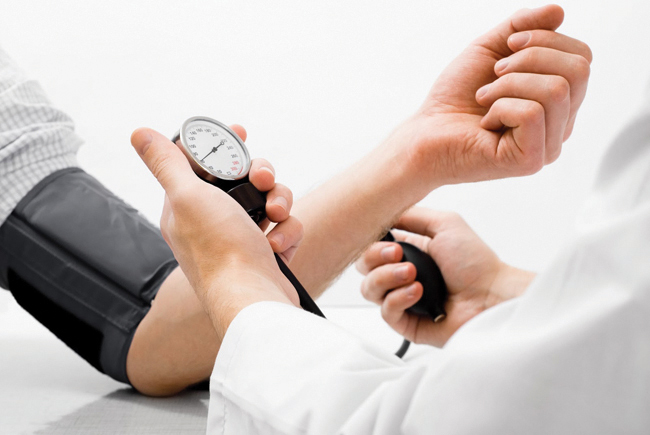by Ben Fuchs
The body is always talking to us. We may not listen, but it’s always reporting back about what’s going on with it, how it’s responding to our actions and what we’re doing wrong and right. If you have a problem dairy, your intestine will signal its distress with cramping, bloating and other digestive symptoms.
These symptoms can be correlated to eating things like cheese, gluten, strawberries eggs and any other foods that initiate intolerance or allergies. Drink too much alcohol, the next day’s hangover can be a communication so clear and impactful you may never imbibe again.
On the other hand, sometimes a burst of happiness or a hit of energy or just some plain old peace of mind, can let you know that you’re on the right track, doing something your body really needs, wants and likes. For instance soaking in hot tubs, a brisk workout or playing with babies and puppies come to mind.
While digestion, immunity, skin and respiration are all exquisitely sensitive to their environments, no part of the body is more responsive than the heart and circulatory system.
Considering something on order of one out of every two or three Americans have some sort of circulatory health challenges, that’s good news. That’s because, once we recognize our complicity in our vascular health challenges, we’ll be able to address them for real. This can be done without doctors, devices, diagnostics or drugs and their associated side effects.
One of the more significant manifestations of cardiovascular disease is hypertension, and it’s a serious problem. According to an infographic published in the Jan. 12, 2013 edition of New Scientist Magazine, hypertension is the leading contributor the global burden of all disease. Yet nothing exemplifies our participation in our own health and our health challenges more than high blood pressure. Which is the source of endless fodder for comedian’s jokes and is universally acknowledged for its association with stressful situations.
Yet while seemingly everyone knows that stress and hypertension go hand in hand, most hypertensives think nothing about accepting the standard diagnosis of “essential” hypertension (i.e. hypertension caused by meaning caused by “unknown” factor) and pharmacological anti-hypertensives that are among the most toxic of all prescription medication.
Hypertension is about stress. To the body there is no more important stress factor than a shortage of oxygen in the blood, a condition called “hypoxia”. Once a critical hypoxic threshold is reached, changes immediately take place in the blood vessels, causing a rerouting of blood.
These modifications, that are the result of the intelligent shunting and strategic opening and closing of vessels, lead to an increase in blood pressure. Blood pressure is the force with which the sanguineous fluid moves through the circulatory system and represents the body’s attempt to get more blood (and oxygen) to the brain, heart, lungs, musculature and other vital parts of the body.
Hypertension isn’t the only cardiovascular effect of hypoxia. Oxygen acts as a buffer, separating red blood cells, helping keep them freely floating in easy and smooth fashion throughout the 50,000 mile long river of blood in the circulatory system. Under conditions of low blood oxygen, blood cells will tend to clump up.
This clumping can create clots and further impede the delivery of oxygen to tissues, inducing even more hypertension. That’s not all. Hypoxia can disrupt electrical conductivity in the heart, leading to various heart arrhythmia, including the dreaded A-fib. Not coincidentally, among the most prescribed drugs in America are the anti-coagulants, medication that pharmacologically compels blood to thin. These drugs include beta blockers to chemically ablate (destroy) the heart, to prevent electrical malfunctioning and anti-hypertensives, that lower blood pressure by poisoning vessel valves, forcing them to open like a dam in a tsunami.
BAD NEWS: Circulatory diseases are serious business. They’re collectively by far the leading cause of death and illness in the United States not to mention spent dollars and wasted time. If you participate in the medical model’s impotent strategy of drugging, electrocuting and sticking in stents, you’re not going to be getting better.
GOOD NEWS: If you are dealing with any cardiovascular health issue, by applying simple lifestyle strategies, like slow deep breathing, nutritional supplementation, dietary modification and plain old relaxation, you can dramatically reduce your blood pressure, with zero toxicity and no side effects on your own. These tools are available to you without doctors, pharmacists, insurance companies or any other pharmaco- medical intervention.



